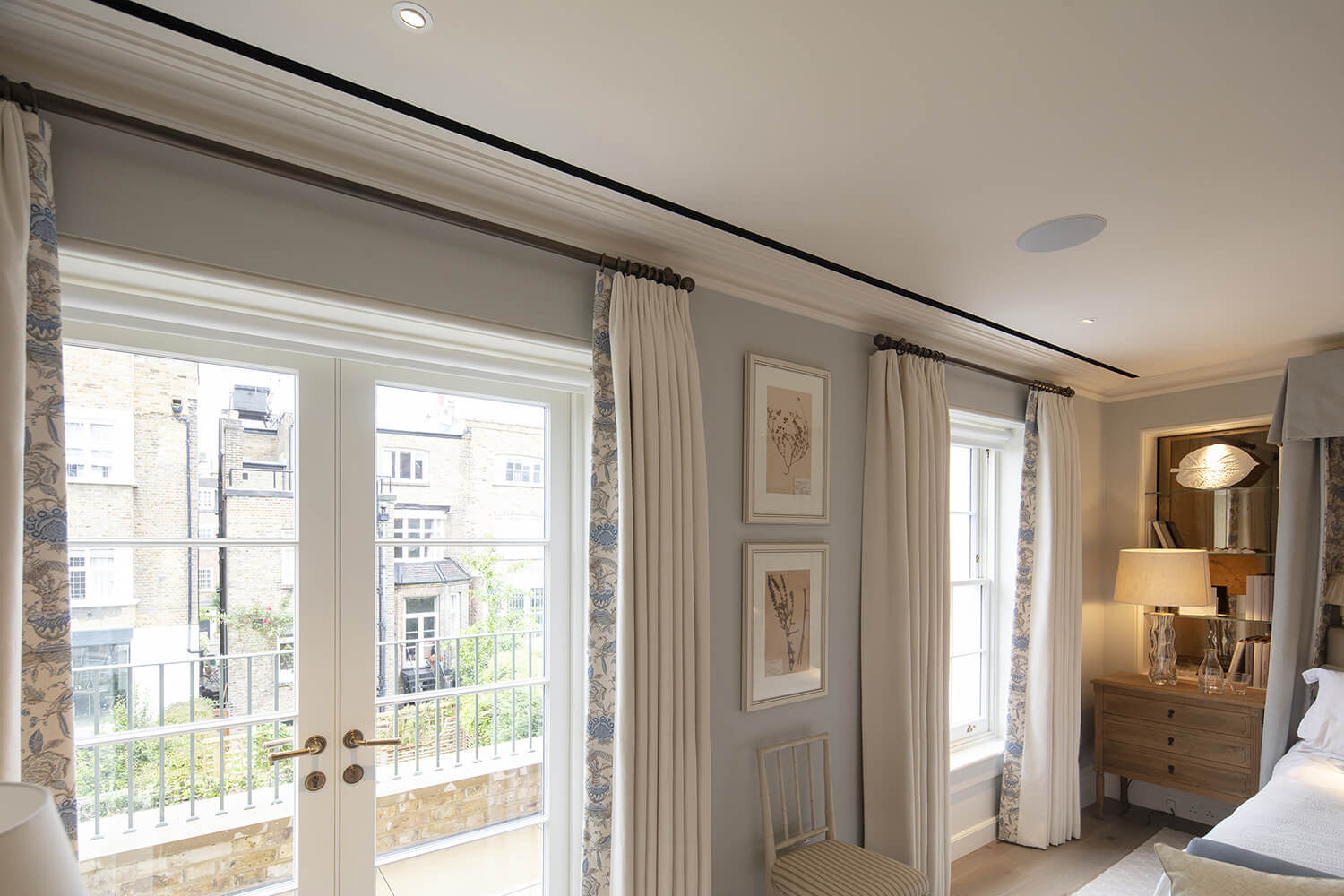
Air Movement and Distribution for indoor climate control – why these elements are important, and how to get them right

Rod Mclean
Design ConsultantAir movement is one of the key six variables determining human thermal comfort – which also include air temperature, relative humidity, mean radiant temperature, metabolic rate, and clothing insulation. HVAC design innovations, energy conservation concerns, and new laboratory data on fan cooling and draughts have focused attention on the issue of acceptable levels of air movement. The transition zone from desirable cooling to uncomfortable draughts is a complicated function of physics, physiology, and human expectation.
An important element of any building climate control system is the air distribution grilles and diffusers which are installed in the ceiling, walls, and floors. Their role is to distribute the airflow in a way that does not impact the comfort of the people living in the living space.
Why are they important for human comfort?
The human thermo-regulatory system is responsible for regulating the heat balance of the body, maintaining a core set point of 37°C within the constraints of the six variables given above. Skin and core temperatures for the body are regulated to release metabolic heat through respiration and also via convective, radiative, and evaporative heat transfer through the skin. The convective heat transfer component varies with skin surface temperature, air temperature, and local air movement. Therefore the body’s skin surface temperature is partly determined by the rate of convective heat transfer and, hence, local air movement
What are key considerations within the design?
Fans power the air movement and may have different characteristics of speed control and variation of the blade geometry to provide the required volume of air to the required space. Other key points concerning airflow include pressure drops within the ductwork, across filtration devices and grilles and diffusers, friction losses and the behaviour of airflow at outlet points.
Every type of grille and diffuser has different distribution characteristics and aesthetic appearance and it is important for the designer to understand these features and benefits to be able to make the appropriate selection. The selection and application of air distribution points are no less important than the mechanical installation elements as they are key to comfort and efficiency at the point of delivery.
Total airflow can also be adversely affected by outside air contact surfaces. During cooling the inner surfaces of the wall or windows in contact with the outside air create an upward convection current with the effect of the radiated heat. This current may even rise to the ceiling and cause the incoming cold air jet to stick to the ceiling and fall from the ceiling earlier.
In heating, the inner surfaces of the wall or windows in contact with the outside air create a downward convection current with the effect of the heat.
What design process should be followed?
-
Calculating heating and cooling loads
Firstly the cooling and heating loads of the ventilation zone should be calculated This will be determined by the design differential between the external temperature and the required indoor temperature and humidity, heat loss or heat gain through the building fabric, internal heat loads, and air infiltration and ventilation. Zones within the occupied space
-
Zones within the occupied space
Cooling through high-level horizontal air distribution creates two zones, the transition zone, and the ambient zone. The ambient zone is the air volume where people live and is generally defined as the area from floor level to 1.7m high and up to a distance of 0.3m from the walls. In this zone, the absence of extreme air movements and temperature differences is the main design goal for good air distribution.
During cooling mode, the supply air, or primary air, is supplied into the transition zone in a controlled manner with a low delta T and correct humidity and mixes with the surrounding air and the air velocity gradually decreases. For the occupant’s comfort, this transition zone must be outside of the occupied zone.With the correct location of air distribution points this high-level total air, which now includes the primary air and entrainment air covers the transition zone and is denser than the air below. Due to the density difference between the total air and ambient air this air falls to ground level and displaces the warmer air below. This drop is directly proportional to the mass flow of the total air. The return air is taken from a low level within the ambient zone and retreated and returned at a high level.
If the system is being used for heating, we have another consideration. Since the hot air is lighter than the ambient air it is replacing it will want to stay on the ceiling level. It is therefore necessary to direct it downwards through an obstruction or force a downward motion with swirl diffusers.
-
Air distribution grilles and diffusers
From these considerations, a preliminary selection of the air distribution grilles and diffusers may be made whilst taking into account the required airflow pattern and architectural features. The air distribution points are dimensioned and distributed within the zone and the air velocity and temperature profiles in the zone are examined. This process may have to be repeated several times whilst adjusting dimensions and locations until a satisfactory result is found. Computational fluid dynamics may assist with design by allowing evaluation through graphical representation of airspeed, temperature, and humidity.
Types of air distribution devices include vertical slot diffusers, peripheral horizontal throwing diffusers, swirl diffusers, jet nozzles, and grilles and diffusers used in flooring.
-
Return air
The point at which the return air is drawn has a negligible effect on the comfort of the room as it will only draw the air immediately surrounding it. This air is replaced by the surrounding air and the circulation continues in this way.
The main consideration is to ensure that the supply air is not directly aligned to the return air which could cause the system to short circuit.
The height at which the return air is taken may have the biggest impact, for cooling it would be best from a high level within a wall or ceiling to remove the hot air, and for heating at a low level to remove the cold air from the ambient zone.
-
Acceptable temperature bands
To create the perfect climate control, the airspeed and temperature change within the comfort zone must remain within a certain band. For a satisfactory level of comfort, a low air velocity of <0.25 m/sec and a temperature difference of <1 o C should be achieved. Differences exceeding 1.5-2.0ºC in the ambient zone will create a noticeable temperature difference perception and thermal discomfort for people moving within the environment. A target temperature difference of 0.5ºC per metre height in the comfort zone should be achievable proving roughly a 1.0ºC difference between top and bottom within a standard room height.
-
Creation of an air distribution grilles and diffusers specification
Following a satisfactory result the grilles and diffuser, type, dimension, zone location, and airflow rate are finally specified:
- Basic function
- Supply ventilation
- Extract ventilation
- Location and orientation
- In the ceiling (or above in the space)
- In the wall
- In the floor
- Types
- Linear Bar Grilles
- Linear Slot Diffusers
- Air Terminals
- Architectural Slots
- Swirl diffusers
- Jet nozzle
- Architectural Slots
- Basic function